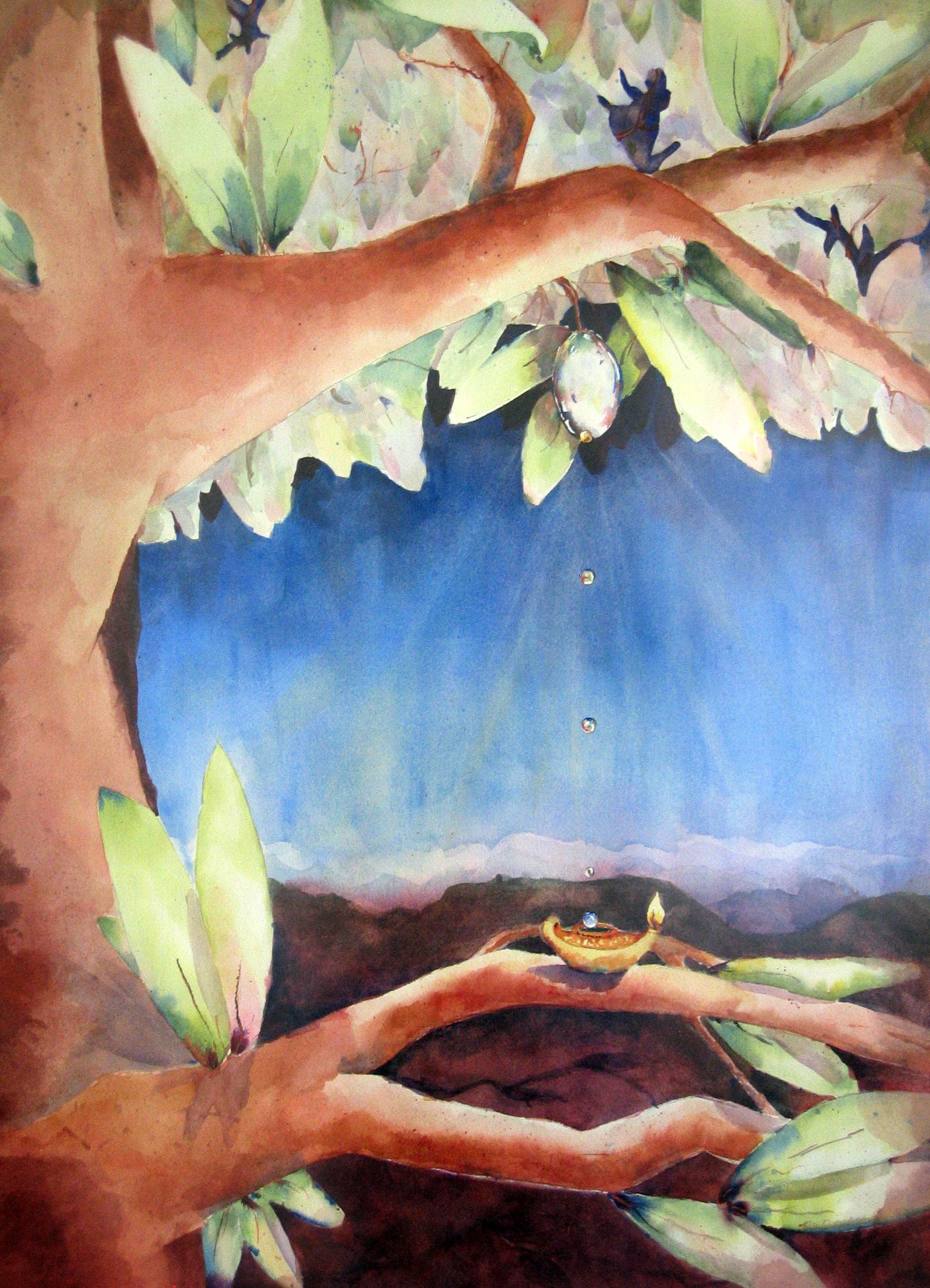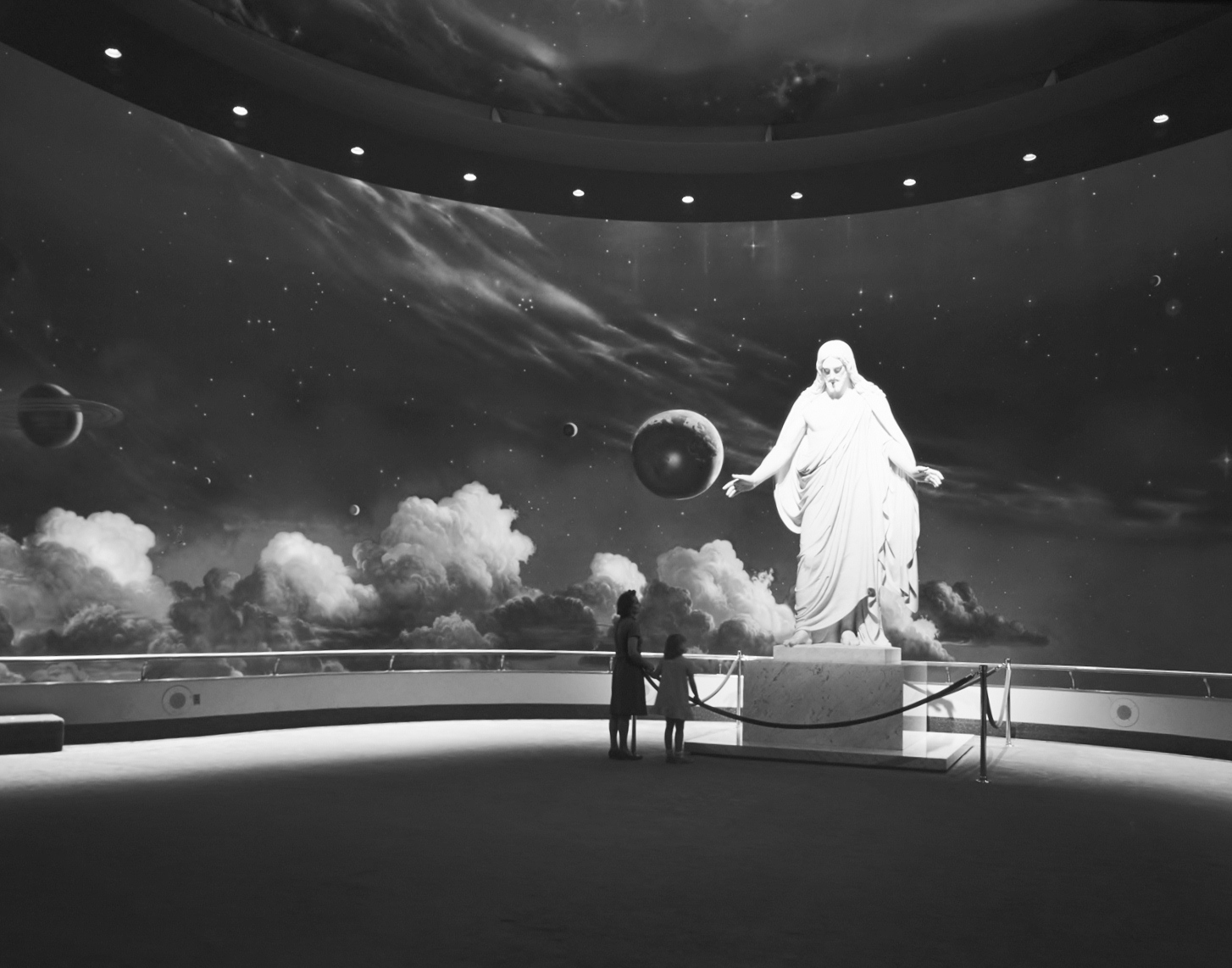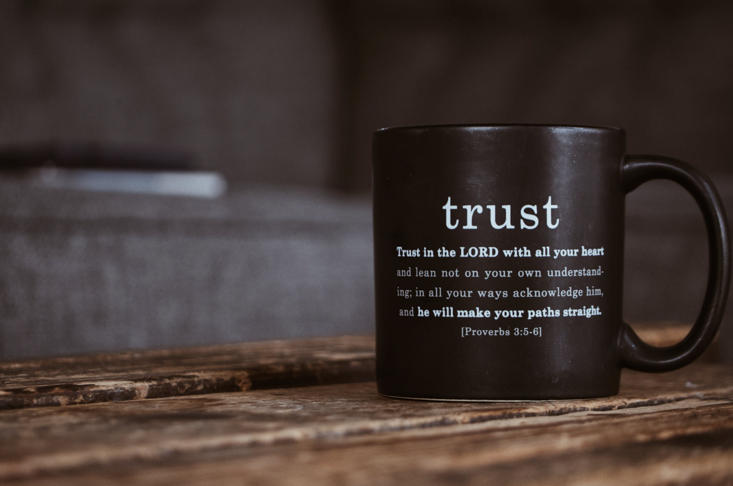This post is meant for those who are members of The Church of Jesus Christ of Latter-day Saints, or who are preparing to join the Church and are wondering about the temple.
Years ago, I had the great blessing of having close contact with a dear friend who was passionate about the doctrine of the temple. This friend knew the scriptures and Old Testament history very well, and she treasured opportunities to learn and teach about the temple. While she wasn’t one to just give away sacred answers, she did share resources, information, and tips, based on her experience, on how to engage the temple in a spirit of earnest seeking.
For example, in my scriptures I wrote words down that she liked to call “cues and clues,” words like light, veil, gather, shadow/pillar, covenants, windows, mysteries, keys, sacrifice, altar, naked, clothed, robe, garment, seek/hear, power…and the list goes on. I’ve mentally added to the list as I have learned more myself about the temple. (For some of the things that have helped me in my study, see What Can You Tell Me About Mormon Temples and The Connection Between LDS Temples and Ancient Temple Worship. I would also recommend a thorough and prayerful study of Elder Nelson’s talk, “Personal Preparation for Temple Blessings.” (When I had my first epiphany about the temple after ten years of temple attendance (a decade is a blink of an eye in eternity), I wondered why we didn’t hear more about temple worship. What I had learned and felt was so exciting! Open on my bed was this article from Elder Nelson. And in the footnotes of that talk, he had outlined all the things I had been led to read as I was seeking to learn. I was sobered to realize I could have learned more sooner had I been more willing to engage what an apostle had so willingly and thoroughly shared. I don’t pretend to understand anywhere near all there is to understand, but I did learn something that day. Tapping into truths about the temple takes a lot of personal effort and trust in the prophets.)
During the time when I was able to associate with this friend (we were in the same ward at the time), she excitedly shared an article from President Ezra Taft Benson called, “What I Hope You Will Teach Your Children about the Temple.”
I confess to excitedly reading it — and remember feeling like my eyes were veiled. (Speaking of veils, my friend spent months studying just that one topic. Words can be so powerful in the doctrine and liturgy of The Church of Jesus Christ of Latter-day Saints!)
I knew there was something in this talk that was important, but honestly, I couldn’t see it. I know I still don’t see all that is there, but after years of study and pondering about the temple, the Atonement, and the doctrine of the priesthood, I feel like I understand more.
I think this is often the case when it comes to temple worship. There are so many layers, from the simple to the most sacred. Personal revelation is essential to understanding the doctrines enfolded into temple worship.
Part of the challenge (and opportunity) of temple worship is those most sacred things are meant to be experienced between an individual and God, so discussions about the temple often end up only looking at the surface. All too often, judgments are made by what can be observed rather than what is experienced.
I was prepared for the temple in the fact that I was worthy. But I really had no clue about what it was about. I enjoyed my first experience, but I often felt like I was living outside of something whenever I would attend. I could sense that there was more to see, feel or understand.
But I think this is by design. If it were all accessible from the surface, where would the seeking come? If there no were questions left when we left the temple, where would faith and trust have to enter in? Temple worship is a lifetime endeavor, of service and of gaining light and knowledge.
I have great compassion for the real questions and struggles that people have related to the temple, and I have had my own questions that have arisen over the years as I have sought inspiration and insight about the temple. For years, I have also gone to the temple with others’ questions in mind, seeking to understand better where they are coming from. Questions related to gender often top the list of people’s concerns.
But questions and struggles should never be used to make final judgments about the temple, for self or for others. I’m concerned that we have a generation of people, especially young women, being somehow warned by some about the temple rather than taught with faith and excitement — as my friend did for me. Where those with questions gather, especially online, I am seeing a deeply concerning perpetuation of assumptions, assertions and beliefs about the temple that go beyond expressing personal struggle to making declarations that the temple is not inspired, is optional, needs to change in order to be true, or is not reflective of a loving God.
Again, I feel great compassion for struggles, doubts, and questions. But I plead with you not to use the pain of others to frame your preparation for and experience with the temple. Going in with defenses or doubts will make it harder to see truths and insights that can be life-changing, lifetime engagement.
I would urge you to learn from my experience and be more wise than I was — the teachings are there for the receiving if we will engage them. Do all you can not just to prepare yourself to be worthy, but pour over scriptures and prophetic talks and resources from those who love the temple to help you prepare to start to receive what is there. Give God ample opportunity to give you insight, line upon line, precept upon precept. Sometimes you might also get flows of “pure intelligence” that Joseph Smith talks about. My life-changing epiphany about the temple was like that.
I am just another sister in the gospel, but I would still urge you to focus first on finding Christ in your study and in your temple worship. I think that unless He is the foundation of our temple worship, we will truly miss the mark, as Jacob talks about. Yes, the doctrine of families is critical. Yes, understanding the doctrines surrounding gender and marriage are important. But nothing is more central that Christ, and Christ is the center of temple ordinances.
There is so much to learn from Old Testament temple worship, even though at the face of it, it can feel foreign and negligible in its applicability. I love understanding more about how covenants connect us with dispensations that have gone before.
For me, using the old Institute manual and seeing how much is shared there was significant for me. Reading in and about Exodus and Deuteronomy was particularly helpful. The Bible Dictionary was a key resource.
In addition to the sources listed above, I also appreciated S. Michael Wilcox’s book on the temple. It was one of the first things I read that stirred my spirit to want to not just attend the temple, but to love the temple. John Welch also has some incredible insights on temple patterns in scripture.
Consider words and concepts that you find in the temple, and study about them. Study about the fall, the atonement, the priesthood, the Abrahamic covenant, the sealing power. Study carefully the story of Adam and Eve, and then study it again and again, especially using Restoration scriptures.
Most importantly, study what you feel the Spirit guiding you to study and ponder. Suspend your usual ways of learning and let the Spirit teach. The possibilities of what there is to learn are endless!
“Each temple is a house of learning. There we are taught in the Master’s way. His way differs from modes of others. His way is ancient and rich with symbolism. We can learn much by pondering the reality for which each symbol stands. Teachings of the temple are beautifully simple and simply beautiful. They are understood by the humble, yet they can excite the intellect of the brightest minds.” -Elder Nelson
I will be forever grateful for my friend who showed me what it looked like to crave truth about the temple. I pray you can feel the excitement the Spirit can bring as you engage temple preparation and worship in faith.
What has helped you come to love and understand the temple more?













Thank you so much for articulating and sharing these thoughts. I’ve been so disheartened to see all the anti-temple posts at FMH and yesterday at BCC, and how any comments from a faithful perspective are immediately dismissed. Your perspective, testimony, and voice are very needed. For me, one of the strongest connections to the temple has come through family history research and sharing the temple ordinances with those I love from the past.
Thank you for this well-balanced writing. I’ve found that when I question with the attitude of being teachable, I am taught; the reverse attitude is also true. What a thoughtful writing. Thank you for sharing it.
Thank you so much for this article, I am currently preparing to enter the temple for the first time and I have been looking for resources to deepen my understanding.
Thank you, Michelle. This was a breath of fresh air on the topic.
Thanks for this post. I agree that folks should be excited about the temple, but allow me a suggestion: nobody anywhere in the Church would ever (or has ever, to my knowledge) said that Sacrament meetings are perfect, uniformly spiritual periods of worship that offer transparent lessons that can be shared and agreed upon by all. Different people take different things from Sacrament meeting: some feel the Spirit most when singing hymns, others may be touched by a particular speaker, while others may find the most meaning in partaking of the Sacrament. I don’t think we expect everyone to experience all the same acts of worship in exactly the same way.
I think this is true of the temple as well. There are many layers of meaning and experience, but unlike Sacrament meeting, we often present the temple as an experience that everyone will feel and understand in the same way. Not all have taught this–see some of the teachings of President McKay and some statements by Hugh Nibley, for example. There are parts of the temple that bring me great understanding of the Gospel. There are others that make me scratch my head. I think if we presented the temple as a place that requires work, prayer, and pondering to understand–as this blog post does–rather than a fairy castle where princes and princesses have special days (don’t get me started on the messages in Primary), we might avoid some of the frustration that some of our brothers and sisters seems to be feeling.
Anita, thank you for sharing what brings meaning to your temple worship. I come from one of those families where for years it appeared that all the work was done. Now with new technology, we are finding more people who need ordinance work done. I was able to go to the temple for the first time with family names last week. It was awesome.
Melinda, asking questions in faith is a key reason we are here, I think. God wants us to understand more about Him and His plan and His Son. I was amazed this week right after writing this post that I got some critical doctrinal answers I was needing in my life from pondering temple truths.
Amber, thanks for commenting. I hope you will feel the Spirit as you prepare and engage in this next step in your spiritual journey.
Joyce, thanks. And Bro. Jones, I think about both what it can mean to have a childlike faith in the temple and I think that kind of humility influences a lot of people in the temple experience. But obviously I do think that like Elder Nelson said, the temple provides simple and beautiful truths as well as layers of meaning. I wonder where and how else our leaders have already given us clues that we don’t hear because we aren’t listening with spiritual ears and eyes. I am sure there are many things to continue to learn as we seek in faith. Even writing this post motivates me to do more earnest studying and temple worship.
Below are some things that have helped me start to better understand the temple.
One problem I had was I interpreted the temple in the context of what I already understood (brought too many assumptions with me) instead of paying attention to what it was teaching. For example, we normally teach that the kingdoms of glory (telestial, terrestrial and celestial) are destinations. The temple teaches they are places we travel through on our journey back to God.
Its important to pay attention to the setting you are in and what is being taught in each setting (ie in the SLC temple what room you are in) and what goes on in relation to each room.
Understanding the symbols in the temple is about understanding the priesthood and the atonement.
For me the best way to understand the temple is to understand the scriptures especially books not normally read (for example: Leviticus, Isaiah, Revelations) but can be found all over the scriptures. I think the tabernacle in the wilderness for me is extremely helpful in understanding the temple. The reverse is also true to really understand the scriptures to me is to understand the temple.
The first scripture that I read many years ago which started me on my journey to better understand the temple was Isaiah 22:21-23. I also found much in the Book of Mormon when I started looking for it. Words were the key as mentioned above: mountain, veil, knock and many others.
The temple teaches us how to approach and talk to God… From Joseph Smith:
I wanted an exploration of all the country – Send 25 men. Let them preach the Gospel wherever they go…I want every man to be a King and Priest [so] when he gets on the mountains he may want to talk with his God. [Quote taken from Andrew Ehat’s unpublished masters thesis “Joseph smith’s Introduction of Temple Ordinances and the 1844 Mormon Succession Question” p. 152 as quoted from Joseph’s diary -See also TPJS p. 332-3, H of C p.224]